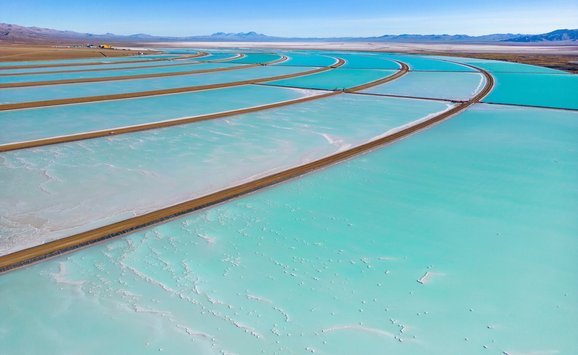This week, the New York Times published a fascinating story on the results of an exploratory oil well drilled in 1986 in the Alaska National Wildlife Refuge (ANWR). The 20-million acre sanctuary in northeast Alaska has been a point of debate for decades, with oil companies eager to gain access to the coastal plain and its potentially massive resources, and conservationists seeking to prohibit any new drilling.
The results from that well have been a closely guarded secret, now coming to light through the account of an individual who has expressed concerns over the Trump administration’s push to drill in ANWR. Based primarily on that account, the Times reports that the well was a “dry hole.” In other words, the well was a dud; a loser; barren; bogus. You get the idea.
Does this mean that the debate over drilling in ANWR is now moot?
Consider this: in 1892, an entrepreneur named Patillo Higgins formed a company near Beaumont, Texas, to explore for and market oil.* Keep in mind, the nation’s top producing states at this time were Pennsylvania and Ohio, followed at a distance by West Virginia, New York, Colorado, Indiana, and California. The states we think of as crude powerhouses such as Texas and Oklahoma were nowhere to be seen.
Figure 1. US Crude Oil Production, 1892 (Million Barrels per Year)
Data source: American Petroleum Institute. Petroleum Facts and Figures, Centennial Edition. 1959.
Higgins was convinced that oil was to be found in great quantities underneath a hill called “Spindletop.” After failed attempts over the next several years, and despite much derision from expert geologists, Higgins continued exploring, drilling another exploratory well in 1899. Dry hole.
The next year, in the face of further ridicule and skepticism, Higgins drilled again, this time using the new technique of rotary drilling. The result?
The Gusher at Spindletop, January 1901

The first great gusher of oil in the United States began to flow at rates of up to 75,000 barrels per day and vaulted Texas to a place of prominence in global oil production. Major finds in California and Oklahoma occurred around the same time, shifting the center of US oil production from Pennsylvania and Ohio to the southwest and California. In the decades that followed, Texas would outpace all others, becoming the central player in the emerging global oil market.
Figure 2. Crude Oil Production in Select States (Million Barrels per Year)
Data source: American Petroleum Institute. Petroleum Facts and Figures, Centennial Edition. 1959.
This little foray into US oil history, like most any investigation of oil history, is a story of failure. Followed by failure. Followed by failure. Followed by success.
Whether it’s Edwin Drake in Titusville, Pennsylvania; Patillo Higgins at Spindletop; or George Mitchell in Fort Worth, the history of the oil and natural gas industry tells us that a single dry hole is just that: a single dry hole.
I have no way of knowing whether this dry hole is representative of ANWR’s coastal plain. It may signal that there is far less oil underneath ANWR than its boosters had hoped. But given the industry’s continued interest in the region, coupled with its track record of turning failure into success, I sure wouldn’t bet on it.
* The story of Higgins and Spindletop is based on Daniel Yergin’s account in Chapter 4 of The Prize, his monumental oil history book.








